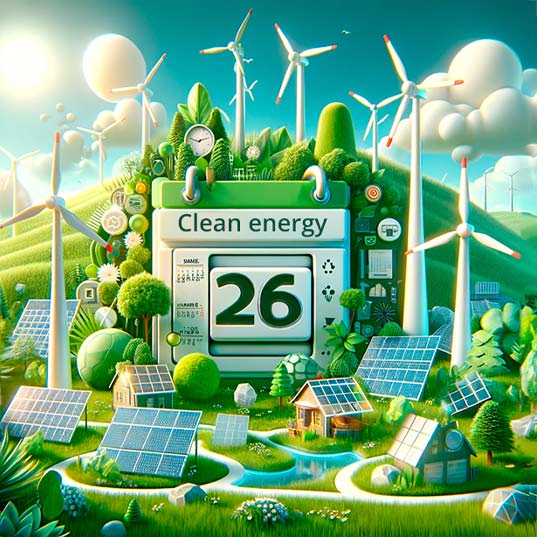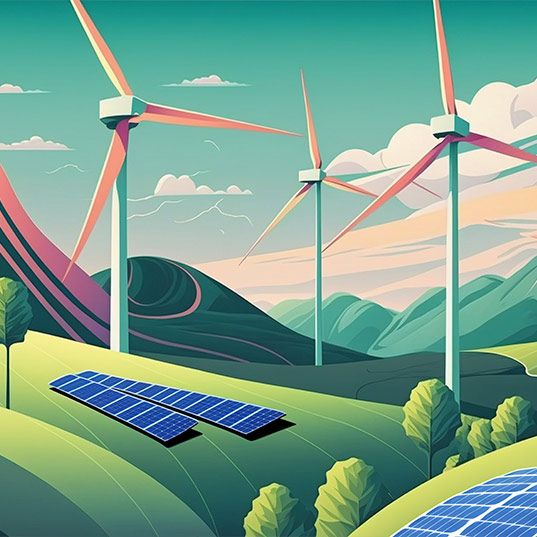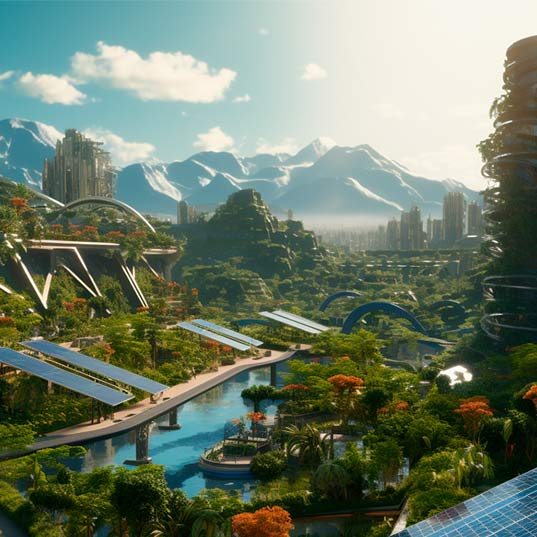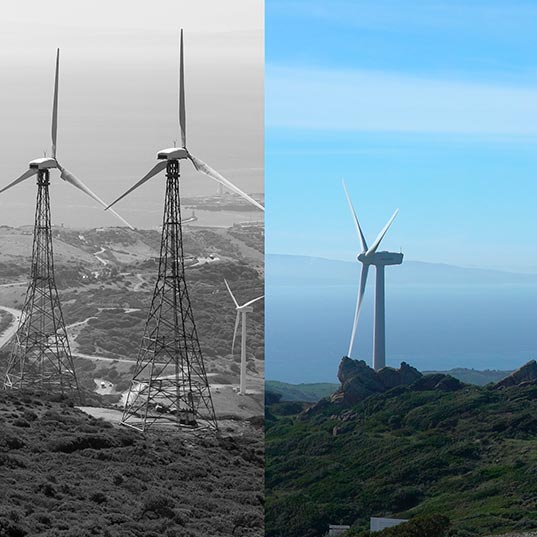Renewables as a source of energy and sustainable employment
Renewable energies are halting climate change, generating value at the local level, helping protect the environment, and driving sustainable development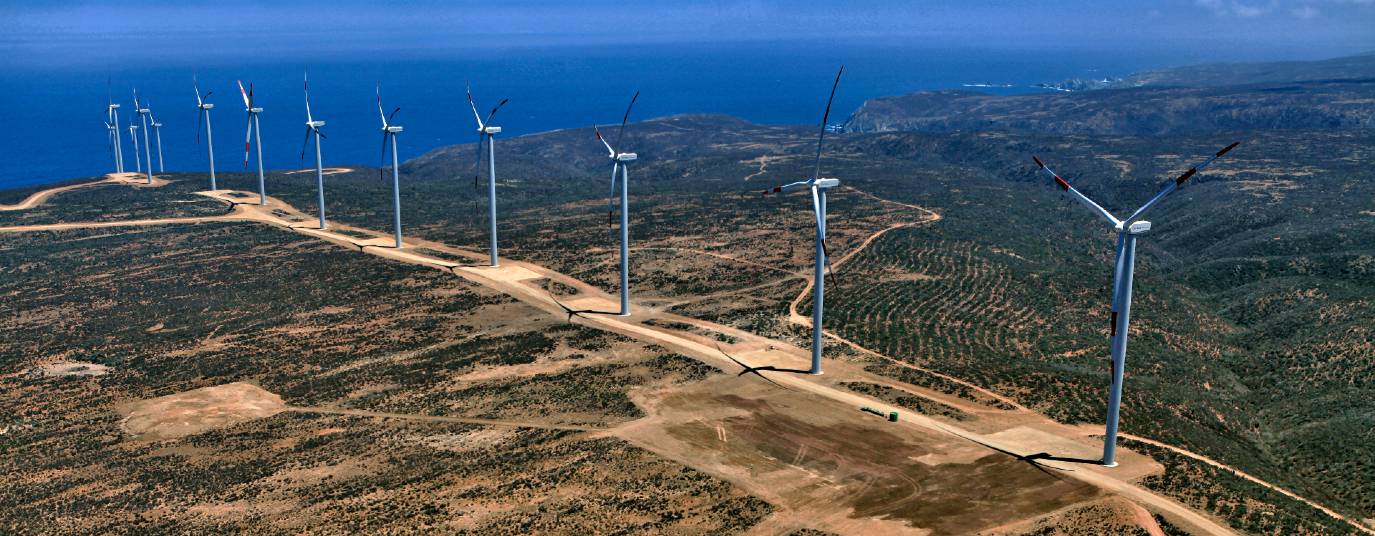
We are on the verge of a complete transformation of the world energy scene. The transition toward a greener and more sustainable system, putting fossil fuels firmly behind us, is well underway. This is one of the main paths by which the world is reaching the goals of the Paris Agreement and halting climate change.
It appears, though, that renewable energies do not convince everyone, despite their global and local value,. Locally, they are bringing about social regeneration, creating jobs and a positive impact on the environment, and much more.
What you’ll find in this article
- The relentless growth of renewable energies
- Evidence of their benefits
- Their value at the local level
The relentless growth of renewable energies
In 2020, even when economies were nosediving due to the COVID-19 pandemic, renewable energy sources such as wind power and solar photovoltaic were growing faster than in previous decades, while the sales of electric vehicles were also at record levels.
The technological revolution, much more efficient and economic from a production viewpoint, and policies designed urgently to tackle climate change, have seen renewables quickly gain market share.
Such is their growth that, in its latest report, the International Energy Agency (IEA) estimates that renewables will be the main source of electricity worldwide in 2025, knocking fossil fuels off their perch as leader over the past half century.
Their benefits
The speed of development and installation of renewable energies is one of the best news we’ve had in our efforts to limit global temperature rises and thus halt climate change. But the benefits of renewables go much further:
Climate benefits
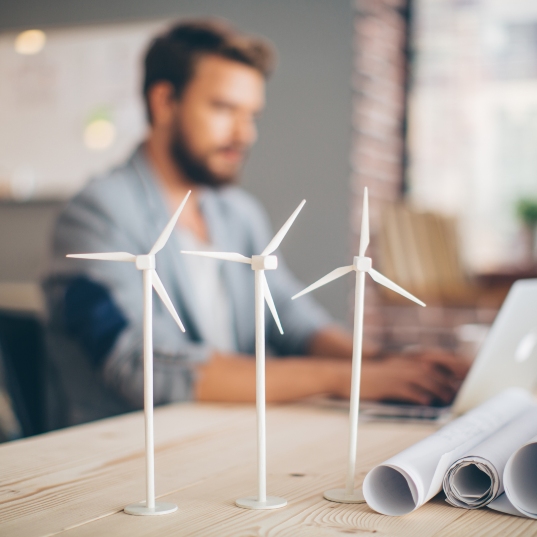 Clean energy sources such as renewables contribute efficiently to the reduction of greenhouse gases, especially CO2. Read this article to find out more about why CO2 is so important in global warming.
Clean energy sources such as renewables contribute efficiently to the reduction of greenhouse gases, especially CO2. Read this article to find out more about why CO2 is so important in global warming.
Renewables also reduce dependence on other energy sources – oil, for instance - that have to be imported. Any country can supply all its energy needs with renewable energy, whether it’s from the Sun, water or wind.
Economic benefits
It’s not only the climate that benefits, however. Renewable energies mean a strong boost to local economies. The International Renewable Energy Agency (IRENA) estimates that for every US dollar invested in the energy transition, 2 to 5 dollars are generated in benefits.
Which means that, if you invest the extra 30 trillion dollars needed to prevent the global temperature from rising more than 1.5°C, you will generate a further 61 to 164 trillion dollars in value by 2050.
And, in employment terms, the new energy sector would represent 122 million jobs by 2050. IRENA says training to do these new jobs would be relatively easy, and also mean new opportunities for workers from the fossil fuels industry. UN Secretary-General Antonio Guterres recently called for banks and investment funds to support the transition to a renewable energy system in Latin America and the Caribbean, allowing these regions to adapt and become resilient, while helping workers in the polluting sectors to find decent alternatives to their current jobs.
“The new energy sector would represent 122 million jobs by 2050”
The value of renewable energies at the local level
We know that renewable energies are the key to combating climate change, but what is the situation on the ground, at local level? In previous articles, we debunked various myths spread by invested parties which were totally unjustified.
No one doubts that a sustainable energy model must be based on renewable technologies, because they are inexhaustible, adapted to natural cycles, free of greenhouse emissions, evenly distributed across the planet, and by their very nature will ensure the wellbeing, progress and development of Humanity without compromising the health of the planet.
 The energy transition requires a massive installation of renewable facilities to replace the fossil fuel model that has dominated the system over the last centuries. This program of installation has to be done in a balanced way locally, minimizing adverse effects and maximizing the benefits in line with the philosophy of positive regeneration to help repair the damage we’ve already caused.
The energy transition requires a massive installation of renewable facilities to replace the fossil fuel model that has dominated the system over the last centuries. This program of installation has to be done in a balanced way locally, minimizing adverse effects and maximizing the benefits in line with the philosophy of positive regeneration to help repair the damage we’ve already caused.
Many factors have to be assessed in order to ensure the viability of the various projects. Important studies have been carried out such as the report, ‘Environmental Zoning for Renewable Energy Installations’, by the Spanish Ministry for Ecological Transition and Demographic Challenge.
More than being clean, inexhaustible and increasingly competitive energy sources, renewables generate countless benefits at the local level in the communities where they are installed:
- Commitment to renewables implies job creation in local communities, bringing about an improvement in the lives of the local, often rural, populations, settling inhabitants in these areas and contributing to social cohesion and regional equilibrium. Wind farms, for example, are compatible with already-existing farming and livestock methods, and lead to improved roads and trails. Solar plants, which occupy more surface area, are thus often built on less fertile land, or even lakes or reservoirs if necessary, which in turn can prevent the evaporation of water.
- Another benefit of renewables at the local level is they avoid dependence on energy sources from far away. In this way, energy consumption and transmission losses are also reduced, further guaranteeing supply.
- Another important point is that the installation of renewables contributes to the development of local research, development and innovation (R&D&I) potential through the promotion of specific projects adapted to energy needs on the ground.
- And renewable energies such as biomass plants lead to sustainable management of forests and thus fewer fires.
So, as you can see, renewable energies have a positive impact on the planet, but also on local communities where the facilities are installed. Growth in renewables is strongly linked to social, economic and environmental regeneration, and they are becoming an important driver of recovery from the COVID-19 crisis. Growth that must be in harmony with local concerns through transparency, cooperation with and the participation of the communities on the ground.
SOURCES:
https://www.irena.org/publications/2021/Jun/-/media/D491BFC62BC7462A898D7837A669DC4D.ashx
https://www.expansion.com/especiales/2021/06/05/60b8c916468aeb113e8b4573.html
https://www.efeverde.com/noticias/guterres-apoyo-america-latina-transicion-renovables/



